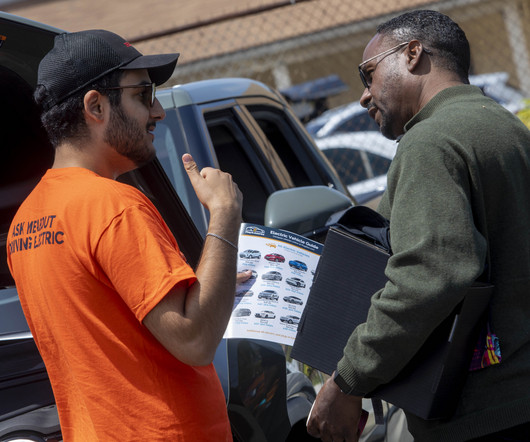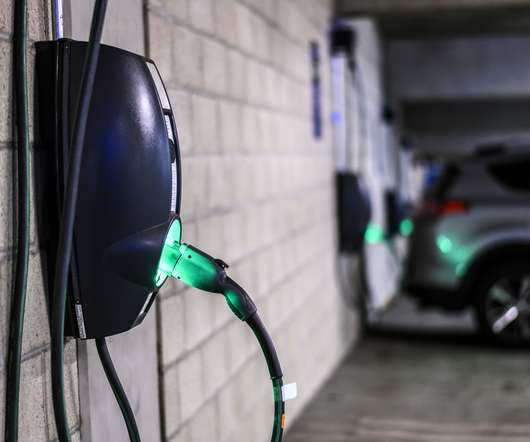10 Reasons Your Next Car Should Be an EV
Plug in America
JULY 21, 2023
This includes all of the resources used in manufacturing the vehicle, the battery, and powering the vehicle. keeps getting cleaner, meaning that these benefits will continue to grow in future years. EVs Cost Less to Fuel Powering your ride with electricity costs about 60% less than buying gasoline.












Let's personalize your content